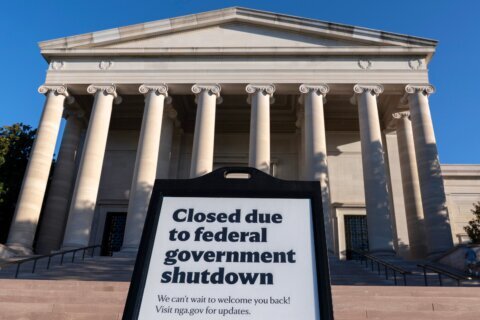There’s another sign that the health of the Chesapeake Bay is improving.
This year’s dead zone in the Maryland portion of the Bay was the second smallest since the state began monitoring it in 1985, according to the state’s Department of Natural Resources.
The only time it was smaller was in 2012.
And on Virginia side, The Virginia Institute of Marine Science said the dead zone was the smallest it has been in five years.
The dead zone is an area in the Bay where oxygen levels are so low that fish and other underwater life can’t breathe. The zone typically peaks in size over the summer.
The Chesapeake Bay Foundation said the findings suggest efforts to reduce pollution in America’s largest estuary are working, and it appears the weather helped aerate the water as well.
“A smaller dead zone means more areas for oysters, crabs, and fish, to thrive in the Bay. This is good news,” said Beth McGee, director of science with the Chesapeake Bay Foundation.
An agreement signed by six states and D.C. requires specific Bay cleanup milestones to be reached by a deadline that’s just five years away.
“As the 2025 deadline looms, we’re encouraging states to figure out new ways to reach pollution reduction goals, including by adding more natural filters to the landscape such as trees, grass pastures, and wetlands,” McGee said. “Doing so will increase the resiliency of the Bay and help it handle the influx of nitrogen and phosphorus pollution.”








